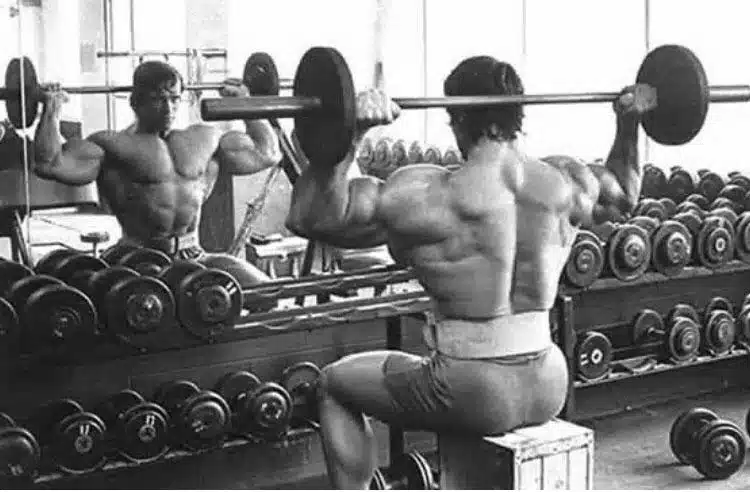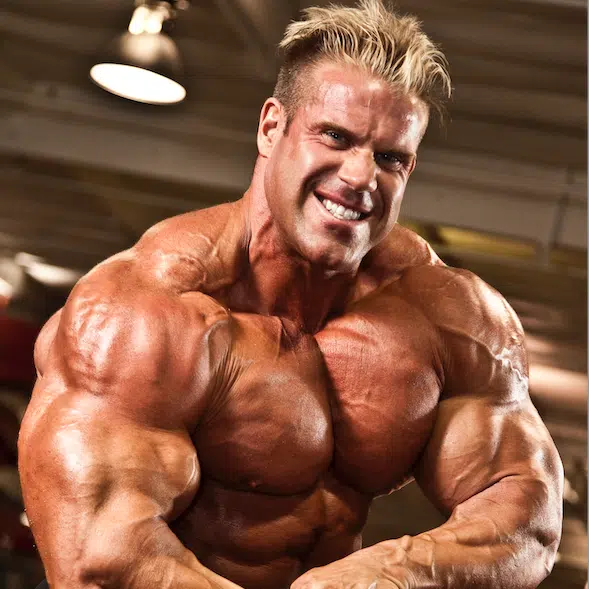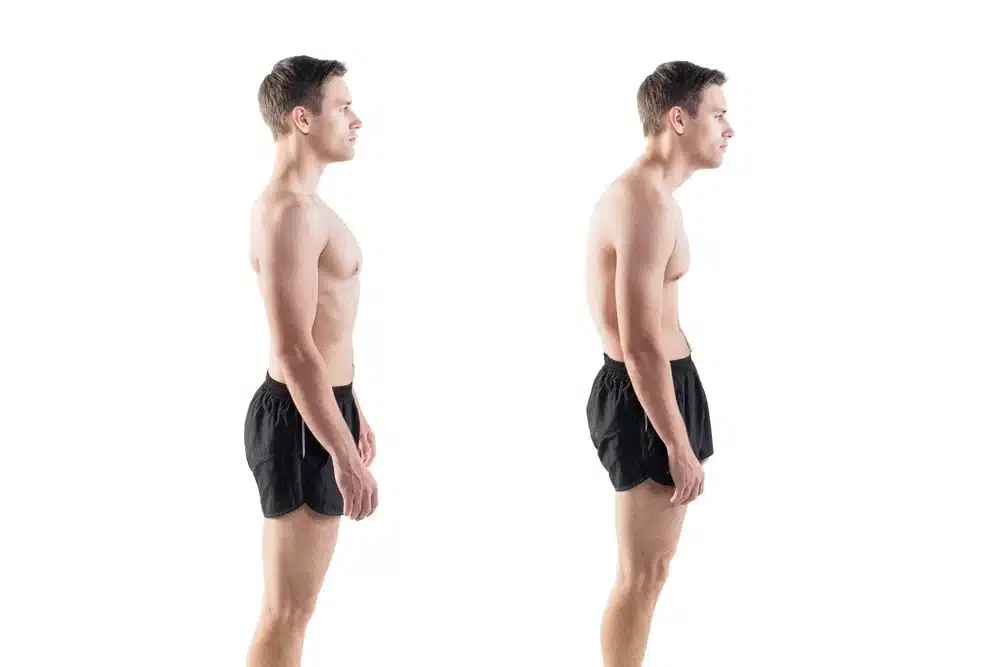fitness, health & well-being, Motivation, muscle building
3 Awesome Advantages of Behind the Neck Pressing for Added Strength, Muscle, and Mobility
We’ve been taught that performing shoulder presses behind the neck is bad for shoulder health, that it can cause impingement and limit shoulder mobility. The military press is instead seen performed by the vast number of gym goers.
However, what if I were to tell you that the behind the neck shoulder press is actually the superior pressing option for muscle building, mobility, and stability? There’s a reason why some of the greatest bodybuilders like Arnold & Jay Cutler made this movement a staple exercise in their routines.
Read on to find out more in depth exactly the 3 reasons why behind the neck pressing should be in your training routine as well!
1. It recruits more muscle fibers than the standard overhead press, making it a superior choice for building muscle.
This movement has been found to have greater activation of all 3 heads of the shoulder(anterior, lateral, and rear) than the regular overhead press. Performing behind the neck shoulder presses allows there to be a direct force on your deltoids instead of a portion the force being distributed across the chest in a standard shoulder press.
In addition, this exercise also stimulates the trapezius muscles and even the triceps to a greater degree.
2. Helps to destroy muscle imbalances, while increasing total shoulder mobility and stability.
Having this pressing variation allows you to switch up the direction of load on your shoulders, and helps to identify strength weaknesses and blind spots. In addition, it will help build shoulder mobility due to slight degree of shoulder external rotation at the bottom end of the movement.
This movement will also help to strengthen the shoulder capsules and rotator cuffs, especially as you can increase your range of pressing motion over time.
However, it is crucial that this movement is done with good form. Grab the bar with your standard bench press grip or slightly wider, and control the movement slowly on both the eccentric & concentric. Avoid bouncing the bar off the back of the shoulders, and keep the weight light in the beginning.
At first, you will likely be able to press less weight behind the neck than with the military press. This is ok.
This movement can be very beneficial for many overhead athletes like baseball & football, as healthy rotator cuffs are crucial for longevity in these respective sports.
3. Helps to offset rounded shoulders by fixing posture.
Most of us already have rounded shoulders due to excess pushing options over pulling motions(more chest than back training), and a forward posture on our smartphones & laptops, combined with the desk jobs many of us work. Performing behind the neck presses 2x per week can help to strengthen the upper back and reverse our poor posture.
A good rule of thumb is to double the amount of back exercises that we do for chest. At the very least, perform an equal amount, but do NOT train chest more than your back.
In addition, it has been shown that self esteem is increased as posture is improved. In addition, improved posture makes you appear bigger. Who doesn’t want that?
4. Helps improve strength in Olympic lifts.
In particular, the snatch, clean & jerk, and push presses are 3 exercises that can and will all go up with stronger shoulders, upper back, and traps. Again, injury risk will also be minimized with these movements due to healthier and sturdier rotator cuffs.
One of the best Olympic powerlifters of all time in Dmitry Klokov implemented behind the neck presses in his training routine for years.
Isn’t behind the neck pressing dangerous?
There is a lot of controversy around this exercise, but if you have goo upper body mobility and and overhead positioning, then you have nothing to worry about.
While it can place some stress on the rotator cuff muscles, it will serve to strengthen them with adequate mobility. It is important to not take mobility work for granted, either. They key is to grow bigger and stronger while improving or at least maintaining mobility. This will give you the best of both worlds. Growing muscle can have diminishing returns if you become stiffer over time.
Conclusion
While behind the neck pressing is a fantastic exercise, this doesn’t mean that the standard overhead press is useless. Far from it. I recommend performing both 1-2 times each week for a nice blend.
Also, it is worth repeating that NOT everyone will be able to do behind the neck presses. Those with kyphotic posture and with already existing shoulder injries and severe mobility issues should refrain from this exercise.
Thanks for taking the time to read this blog post. Please share with others on their fitness journey if you found this helpful.
As always, fuel the fire from within:)





